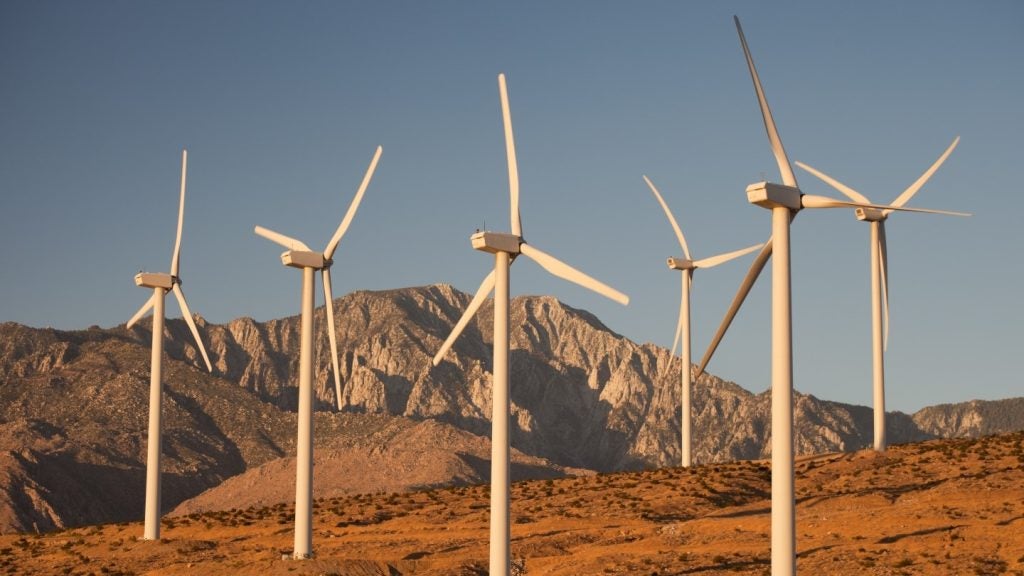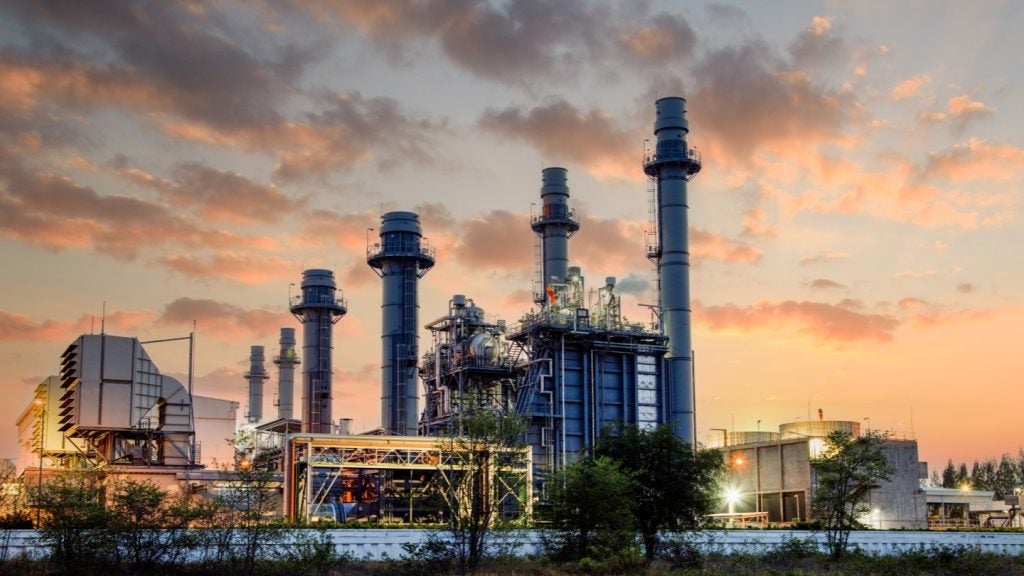

Since the Fukushima disaster in 2011, the world nuclear power picture has changed dramatically. In the immediate aftermath of the incident, Germany closed down eight of its 17 reactors and promised a complete nuclear phase-out by 2022. In Japan, there are now only two operational nuclear reactors, down from 50 before the incident, while Switzerland and Spain opted for an outright ban on the construction of new reactors.
The collapse of the UK nuclear market looked inevitable, as well. Government plans made in 2010 to build eight nuclear power plants suffered a blow in March 2012 when Germany’s E.ON and RWE Power – which were looking to reshape their businesses in the wake of Germany’s nuclear phase-out – announced they were pulling out of the UK.
Some big players did remain. French-owned EDF Energy, which operates eight of the nine plants in operation, confirmed that it is still planning to build four new reactors at two different sites. And then there is the possible jewel in the crown – the Moorside nuclear plant, which will be Europe’s largest when complete.
The business case for nuclear
Set to be constructed in Cumbria in the north-west of the United Kingdom, adjacent to the existing Sellafield nuclear reprocessing site, Moorside will house three of Westinghouse’s AP1000 reactors which will generate a capacity of 3.4GW – enough to power up to six million homes. The plant is set to come online in 2024 and will cost £10bn to develop.
The UK has been reforming its energy market to provide the capacity it will need over the next decade and beyond.
How well do you really know your competitors?
Access the most comprehensive Company Profiles on the market, powered by GlobalData. Save hours of research. Gain competitive edge.

Thank you!
Your download email will arrive shortly
Not ready to buy yet? Download a free sample
We are confident about the unique quality of our Company Profiles. However, we want you to make the most beneficial decision for your business, so we offer a free sample that you can download by submitting the below form
By GlobalDataThe UK faces the real possibility of energy shortages, as decommissioned coal-fired plant have not been replaced with alternative energy infrastructure. Aurora Energy Research, a consultancy firm, estimates that surplus energy supply would be close to zero in 2015-16, as the recovering industrial output of the UK economy comes up against a lack of new capacity coming online. With the need to reduce carbon emissions also of great importance, it’s easy to see why nuclear is a favourite option among the country’s politicians.
Yet progress on Moorside has been stop-start, with numerous companies entering and leaving the fray – indicative to many of a lack of conviction. The original decision to build on the site was made by NuGeneration (NuGen), a joint venture founded in 2009 between France’s GDF Suez, Spain’s Iberdrola and Scottish and Southern Energy (SSE). The first two held stakes of 37.5%, with SSE taking the remaining 25%. In 2011, GDF Suez and Iberdrola bought the Scottish party out, increasing their stakes to 50% each, as SSE chose to focus on renewables, an area “where it has the greatest knowledge and experience”.
In December 2013, the majority owner of Westinghouse, Japan’s Toshiba, confirmed that it was to buy 60% of NuGen. The stake consisted of all of Iberdrola’s shareholding plus 10% of that of GDF Suez, with the French party remaining as a 40% minority shareholder. This arrangement was solidified in June this year when the Nuclear Decommissioning Authority, which owns the proposed development site, announced that it had agreed terms with NuGen to update and extend the land option agreement.
The final investment decision will be made in 2018. Energy minister, Michael Fallon, said at the time, “The Moorside new nuclear project will bring at least £10bn of investment and is expected to create up to 21,000 jobs… This announcement is a significant step towards new reactors likely to come online in 2024 and shows how attractive the UK is for investors.”
Big obstacles to design and build
The AP1000 pressurised water reactors each have nameplate capacity of 1,154MW, come with passive safety systems and are simple by design, minimising the construction period of a reactor to 36 months from first concrete pour to fuel loading. There are, however, many questions to be answered.
In past bidding rounds, the AP1000 has never been pitched more cheaply than its transatlantic rival, the Areva-designed European Pressurised Reactor (EPR). And unlike the EPR, while the AP1000 has been approved by the US Nuclear Regulatory Commission, it has yet to be approved by the UK’s Office of Nuclear Regulation (ONR). Yves Brachet, the Westinghouse president of EMEA, views 2016 as the likely date of approval, though many commentators views this as optimistic. If this date stretches beyond 2016, a 2024 startup will look increasingly unlikely.
Much of the scepticism is based on the ongoing generic design assessment (GDA) being undertaken by the ONR. The initial design was accepted in 2011, after which the next step of the process – a more thorough look at which design modifications need to be made – began.
In the ONR’s report on the project, published at the end of Q1 2014, 51 items were identified that needed resolution across 13 different categories, prompting the agency to conclude that “therefore we expect the completion of GDA for the AP1000 reactor design to take a number of years”.
Some have complained that the language used in the report is intentionally evasive and makes it difficult to know which of these 51 issues are more serious. Steve Thomas, professor at the University of Greenwich Business School and an expert in nuclear policy, referred to the language used by the ONR as “insultingly patronising”. He told this website, “The ONR is a very closed group – it doesn’t have a good attitude towards publicity… They view journalists and academics who ask questions as being a waste of their time.”
A powerful era of private pursuit of energy’s holy grail may be about to begin.
Opposition has also come from the Radiation Free Lakeland Group, a local activist body, whose ‘Stop Moorside’ petition has so far garnered 4,445 of a targeted 5000 signatures. The petition says, “Instead of honouring a beautiful wildlife, diverse landscape bought by the public purse and guaranteeing a buffer zone around Sellafield, the UK government are planning to sell off a vast area… Not only this but the companies which are being wooed to buy the land – are the very same companies responsible for Fukushima.
Circumstances beyond our control
The whole project might yet be scuppered by events surrounding the Hinkley Point C nuclear plant in Somerset. The plant had been guaranteed a price per megawatt of £92.50 by the UK government – nearly twice the market rate – with the funding gap to be plugged by higher utility bills. The European Commission has been carrying out an investigation into whether this arrangement represents illegal state aid that distorts the European power market.
The economics of nuclear power are difficult anyway – one industry source told this website that he was “amazed companies still built nuclear reactors” and didn’t just become service providers for existing facilities. Given the hassle and expense, getting rid of state support or incentives could effectively put the kybosh on more plants being built. For the consortium behind Moorside, the future is filled with uncertainty.


.gif)




